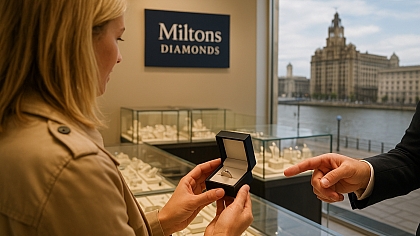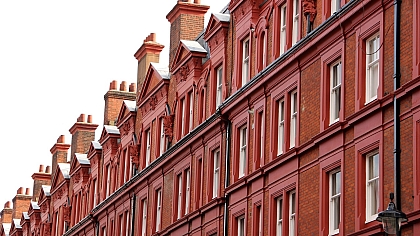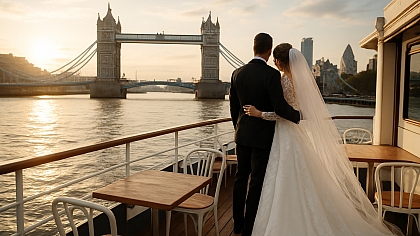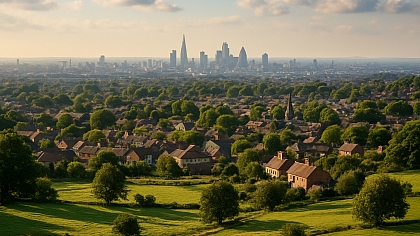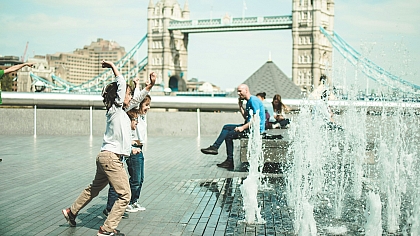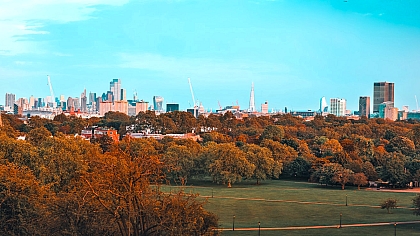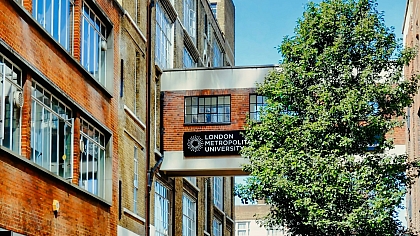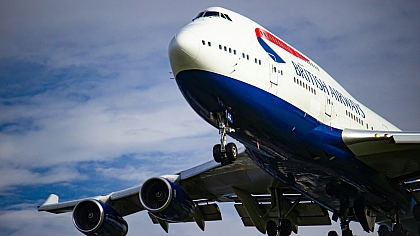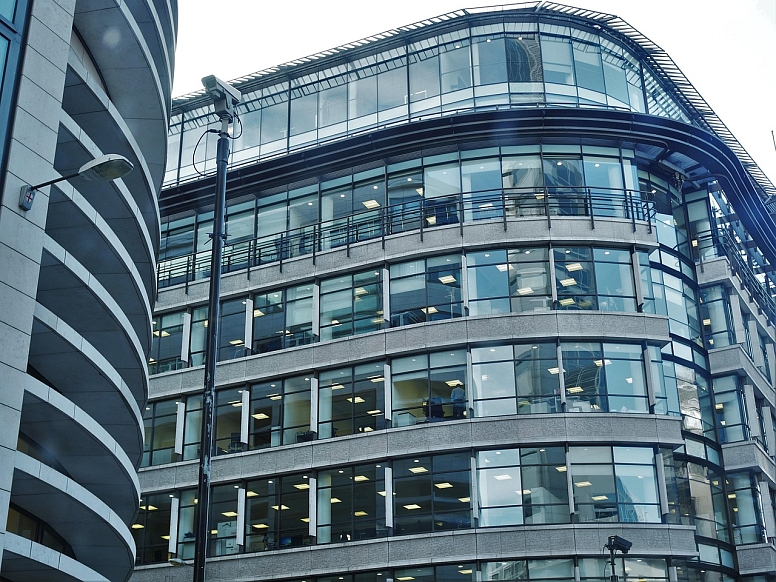
How Office Location Shapes Budgets & Business Outcomes
For startups choosing where to set up shop in London, the decision isn’t just tactical now – it can be a highly strategic consideration, potentially making or breaking a fledgling business.
The trade-off between renting in central London or opting for a workplace on the outskirts influences cost structures, brand image, and even the longevity of the business.
Central London Costs: Prestige Comes at a Price
Central London remains an expensive territory for those looking to start a business. According to Knight Frank and Savills data from 2025, prime West End office rents hover around £130–£150 per square foot, with some top deals pushing closer to the £200 per sq ft mark. Meanwhile, the City of London / Square Mile sees prime rents from £70 to £100 per sq ft, and strong demand is pushing rents for the highest quality Grade A workspaces higher still.
Business rates also add to the pressure: prime zones in the West End for commercial real estate will often carry £40–£70 per sq ft in additional rates, while more central financial districts also face heavy rate burdens. The net effective cost can push workspace occupancy well above £200 per sq ft per year in some areas.
Statistically speaking, central London startups face steeper survival challenges. Borough data shows that the most prestigious and historically significant areas of London, like the City of London and Westminster, register startup survival rates ranging from approximately 38% to 40%.
Outer Boroughs: Cost, Space, and Startup Stability
In contrast, outer London and suburban locations offer more affordable office entry points and potentially better startup survival odds. Areas like Hackney, Bromley, Harrow, and Hounslow frequently outperform central districts. For example, borough-level survival rates in these areas range from 44% to 47% – substantially above central London counterparts.
Rental rates in fringe locations can be as low as £35–£45 per sq ft in markets like Hackney or Croydon, and even lower – around £25–£30 per sq ft – in outer towns like Dartford or Brentwood. Some peripheral submarkets, including parts of West London such as Ealing or White City, also offer Grade A spaces in the £50–£65 per sq ft range, giving small teams access to quality offices without central premiums.
Lower business rates in these areas (often £18–£25 per sq ft) further reduce overheads, making it easier for startups to control operational costs.
Brand Signal vs. Financial Survival

Central London office rentals in The City / Square Mile or the West End signal credibility, which is often vital for finance, legal, or investment-focused startups to make the right business connections and signal trustworthiness. But the prestige comes with drawbacks: high leasing costs and volatile rate increases can cut deeply into capital meant for a startup’s product development or hiring.
On the flip side, creative and tech-based startups may benefit more from the culture, flexibility, and affordability of emerging or suburban office locations. In neighbourhoods like Hackney or Fish Island, office rents can run up to 50% lower than those in central London, freeing up startup office budgets to promote long-term survival and growth activities.
Strategic Considerations for Startups
- Budget volatility in central London is a real risk. If rent jumps or rate reassessments hit, early-stage companies may struggle to absorb the shock.
- Location fees and hidden costs – like business rates, insurance, and service charges—often tip formerly affordable spaces into expensive territory.
- Flexibility matters: long-term leases in prime locations limit manoeuvrability. Startups in fringe locations often have access to shorter agreements or shared office arrangements that let them pivot or scale more freely.
- Community impact: startups based in collaborative neighbourhoods frequently benefit from local networks, mentoring, and casual client referrals – all informal but meaningful advantages when resources are tight.
London remains a competitive and expensive city for startups. The central areas deliver prestige and easy client visibility, but they demand deeper pockets and higher risk tolerance. Outer boroughs offer affordability, flexibility, and often better survival odds – but may lack the same visibility and prestige for certain sectors.
For young businesses with a shorter runway, London’s more peripheral commercial real estate markets may offer safer ground to set up a HQ. For startups in the finance, law, or investor-driven sectors, however, a central base can signal trust and seriousness. As long as the financial risks are well understood and managed, of course. Ultimately, the best London locations for a startup will depend more on financial strategy, the specific needs of your industry, and planned growth trajectory than on postcode alone.


